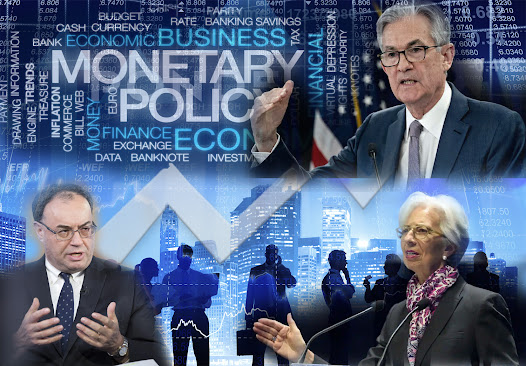Monetary Policy Tightening in Vogue - Will it be the Monetary Pandemic that will disrupt the Post-pandemic Recovery of the Global Economy

Pandemic Monetary Policy At the onset of the Coronavirus pandemic at the beginning of 2020, central banks led by the Federal Reserve (Fed), Bank of England (BOE) and European Central Bank (ECB) started flooding the economies with money (historic loosened monetary policy) to bailout the credit systems shattered by the pandemic. This monetary policy consisted of two main instruments, i.e., keeping interest rates around zero and printing money lavishly through the purchase of government and private securities from the market. In addition, it relaxed regulations on bank lending to facilitate deferment of repayment of loans by borrowers caught in the pandemic and expansion of credit to businesses and households to survive the pandemic. This pandemic monetary policy primarily helped governments to fund their historic public stimulus programs at close to zero interest rates for the recovery of businesses and households from the pandemic. There is no controversy over this direct and ...
